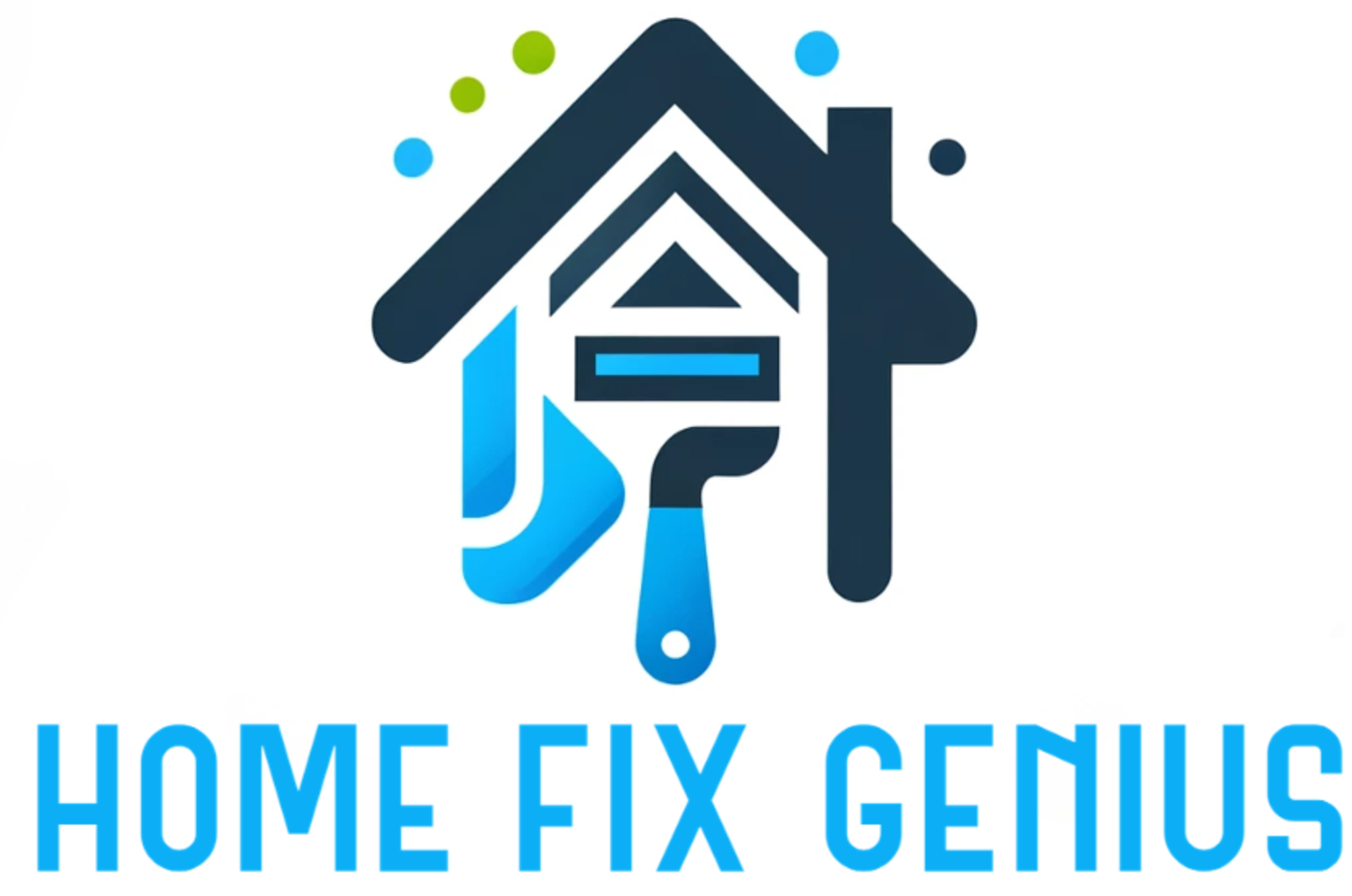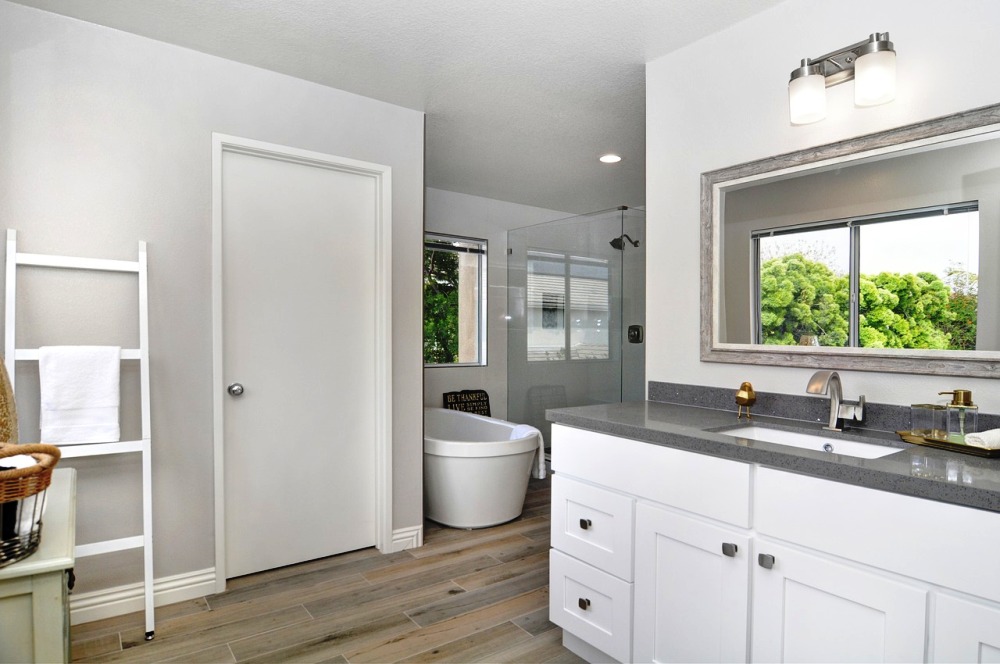Bathroom remodeling can be an exciting and intimidating task. Whether you’re looking to improve the functionality, update the style, or increase the value of your home, a well-executed renovation can make all the difference. In this comprehensive guide, we’ll walk you through everything you need to know about bathroom remodeling, from planning and budgeting to selecting the right fixtures and finishing touches. From choosing the perfect tiles to optimizing storage solutions, every detail counts in transforming your bathroom into a sanctuary of comfort and elegance. With careful consideration and attention to detail, your bathroom renovation project will not only enhance your living space but also elevate your daily routine to a whole new level of luxury and convenience.
Read MoreUnderstanding the Importance of Bathroom Remodeling
Why Remodel Your Bathroom?
Your bathroom is more than just a functional room; it’s a sanctuary where you begin and end your day. Remodeling allows you to create a space that reflects your style and meets your needs, enhancing your daily routine and overall well-being. Imagine stepping into a spa-like environment every morning, setting the tone for a productive day ahead, or unwinding in a beautifully designed space at the end of a long day. A well-planned bathroom remodel can turn this vision into reality.
The Benefits of Bathroom Remodeling
From increasing storage space to upgrading fixtures for improved energy efficiency, remodeling offers a lot of benefits. A well-designed bathroom not only adds value to your home but also improves your quality of life. Imagine the convenience of a double vanity, eliminating morning conflicts over sink space, or the joy of stepping onto heated floors during chilly winter mornings. Moreover, a beautifully remodeled bathroom can impress guests and potential buyers, making it a worth investment in the long run.
Planning Your Bathroom Remodel
Setting Your Budget
Before diving into the remodeling process, it’s crucial to establish a realistic budget. Consider factors such as materials, labor costs, and unexpected expenses to ensure you stay within your means. Research the average bathroom renovation costs in your area and allocate funds accordingly. While it’s essential to set aside a budget for the essentials, such as plumbing and structural changes, don’t forget to budget for design elements and finishing touches that will elevate your new bathroom’s overall look and feel.
Assessing Your Needs
Take stock of your current bathroom layout and pinpoint areas that require attention. Whether it’s expanding the shower area to accommodate your growing family or adding a luxurious bathtub for relaxation, understanding your needs will guide the renovation process. Consider your lifestyle and habits when planning the layout and functionality of your new bathroom. For example, if you’re an avid reader, incorporating a cozy reading nook or a built-in shelf for books and magazines can enhance your bathroom experience.
Choosing a Design Style
From sleek and modern to timeless and traditional, there are a lot of design styles to choose from. Consider your personal preferences, as well as the overall aesthetic of your home, when selecting a design theme for your bathroom. Browse home decor magazines, websites, and social media platforms for inspiration and create a mood board to visualize your design ideas. Whether you prefer a minimalist Scandinavian look or a glamorous Hollywood Regency style, make sure your chosen design theme reflects your personality and complements the rest of your home’s decor.
Selecting Fixtures and Materials
Finding the Perfect Fixtures
From faucets and sinks to showers and toilets, selecting the right fixtures is crucial to the success of your bathroom remodel. Look for options that combine practicality with aesthetics, ensuring durability and visual appeal. Consider factors such as water efficiency, ease of cleaning, and compatibility with your chosen design style when choosing fixtures for your new bathroom. For example, a sleek wall-mounted faucet can create a modern and streamlined look, while a vintage-inspired clawfoot tub adds charm and character to a traditional bathroom.
Exploring Material Options
When it comes to materials, there’s no shortage of choices available. From classic ceramic tiles to luxurious marble countertops, explore different options to find the perfect combination of durability, aesthetics, and affordability. Consider factors such as maintenance requirements, resistance to moisture and stains, and longevity when choosing materials for your bathroom remodel. While natural stone and hardwood may exude luxury, there are also budget-friendly alternatives, such as porcelain tiles and laminate countertops, that offer similar aesthetics without breaking the bank.
Considering Eco-Friendly Options
Incorporating eco-friendly fixtures and materials not only reduces your carbon footprint but also lowers utility costs in the long run. Look for energy-efficient appliances, water-saving fixtures, and sustainable building materials to minimize environmental impact. Consider installing low-flow toilets and showerheads, LED lighting fixtures, and bamboo or reclaimed wood flooring to conserve resources and reduce your home’s energy consumption. Additionally, opt for products with certifications such as ENERGY STAR and WaterSense to ensure they meet strict environmental and performance standards.
The Remodeling Process
Hiring Professionals vs. DIY
While DIY projects offer cost savings and a sense of accomplishment, complex remodels may require professional expertise. Consider your skill level, time constraints, and the scope of the project when deciding whether to tackle the remodel yourself or hire professionals. Keep in mind that certain tasks, such as plumbing and electrical work, are best left to licensed professionals to ensure safety and compliance with building codes. However, if you’re confident in your abilities and enjoy hands-on projects, there are plenty of DIY-friendly tasks, such as painting, tiling, and installing fixtures, that you can tackle yourself to save money.
Creating a Timeline
Effective project management is essential to ensuring a smooth bathroom remodeling process. Create a realistic timeline that outlines each phase of the project, from demolition to completion, allowing for unexpected delays and setbacks. Consult with your contractors and suppliers to establish realistic deadlines for each milestone and communicate regularly to ensure everyone stays on track. Be prepared to be flexible and patient, as unforeseen challenges may arise during the remodel that require adjustments to the timeline. By setting clear expectations and maintaining open communication, you can minimize delays and keep the project on schedule.
Managing Stress During Remodeling
Remodeling can be stressful, but proper planning and communication can help minimize anxiety. Establish clear lines of communication with your contractors, set realistic expectations, and focus on the end result to stay motivated throughout the process. Create a designated workspace or area where you can escape the chaos and relax when the renovation work is in progress. Remember to take breaks and practice self-care to avoid burnout during this busy time. Keep in mind that while remodeling can be disruptive, the end result will be worth the temporary inconvenience, so stay positive and focused on the exciting changes ahead.
Putting the Finishing Touches
Adding Personalized Touches
From decorative accents to artwork and accessories, adding personal touches transforms your bathroom into a reflection of your unique style and taste. Get creative with color schemes, textures, and finishes to make the space truly your own. Consider incorporating elements that have sentimental value or evoke fond memories, such as family photos, heirloom pieces, or travel souvenirs. Don’t be afraid to experiment with bold patterns, vibrant colors, and unexpected details to inject personality and character into your bathroom design. After all, it’s the personal touches that make a house feel like home.
Maximizing Storage Solutions
Incorporating smart storage solutions ensures a clutter-free and functional bathroom. From built-in cabinets and shelves to hidden storage compartments, explore options to maximize space and keep essentials within reach. Consider your storage needs and habits when planning the layout of your bathroom and allocate space for storing toiletries, towels, cleaning supplies, and other essentials. Utilize vertical space with tall cabinets or wall-mounted shelves and invest in multi-functional furniture pieces, such as a vanity with built-in drawers or a mirrored medicine cabinet with adjustable shelves. By maximizing storage opportunities, you can keep your bathroom organized and tidy, creating a relaxing and stress-free environment.
Incorporating Lighting Design
Proper lighting is essential to enhancing the overall atmosphere and functionality of your bathroom. Consider a combination of overhead, task, and accent lighting to illuminate the space effectively and create visual interest. Install dimmer switches or adjustable fixtures to customize the lighting levels according to your needs and mood. Incorporate natural light whenever possible by adding skylights, windows, or glass doors to brighten the space and create a sense of openness. Experiment with different lighting fixtures, such as sconces, pendant lights, and recessed lighting, to add layers of light and create a warm and inviting ambiance. By carefully planning your lighting design, you can enhance the beauty and functionality of your bathroom while creating a soothing and relaxing atmosphere.
Conclusion
Bathroom remodeling is a rewarding endeavor that allows you to transform a functional space into a stylish retreat. By carefully planning, selecting the right fixtures and materials, and executing the remodel with precision, you can create a bathroom that enhances your daily routine and adds value to your home. Whether you’re aiming for a spa-like oasis or a sleek and modern retreat, the key is to design a space that reflects your personality and meets your needs. With proper planning, attention to detail, and a bit of creativity, you can achieve the bathroom of your dreams and enjoy years of comfort and satisfaction.

FAQs
What is the typical duration of a bathroom remodel?
The timeline for a bathroom remodel can vary significantly, spanning from a few weeks to several months. The duration hinges on the complexity of the project, accessibility to materials, and the scheduling of contractors. Factors such as unforeseen structural issues or custom orders for specialized fixtures can also influence the timeline.
What is the average expenditure for a bathroom remodel?
The cost of renovating a bathroom is subject to numerous factors including the size of the area, the choice of materials, and the extent of renovations desired. On average, a mid-range bathroom remodel might range between $10,000 and $15,000. However, additional expenses may arise from unexpected complications during the renovation process or from upgrades requested mid-project.
Do I need permits for a bathroom remodel?
In many instances, obtaining permits is a necessity. Depending on the scale of the remodel and the regulations stipulated by local building codes, permits may be required for structural modifications, plumbing adjustments, and electrical enhancements. It is imperative to consult with local authorities before commencing any remodeling work. Failure to acquire necessary permits can result in fines or the halting of construction.
How can I economize on a bathroom remodel?
Trimming expenses during a bathroom renovation can be achieved through various means. Engage in do-it-yourself (DIY) tasks for minor aspects such as painting or installing fixtures. Additionally, scouring for competitive prices on materials and considering budget-friendly alternatives to premium materials can aid in cost-saving efforts. Another strategy is to repurpose or refinish existing fixtures and accessories rather than purchasing entirely new ones.
Is it possible to make a small bathroom appear bigger through remodeling?
Absolutely! Different design techniques can make smaller bathrooms look bigger than they really are. Incorporating light hues, maximizing natural illumination, and implementing space-saving fixtures like floating vanities are effective strategies for visually expanding the area. Furthermore, strategically placing mirrors to reflect light and choosing sleek, minimalist fixtures can contribute to a sense of openness and airiness.

